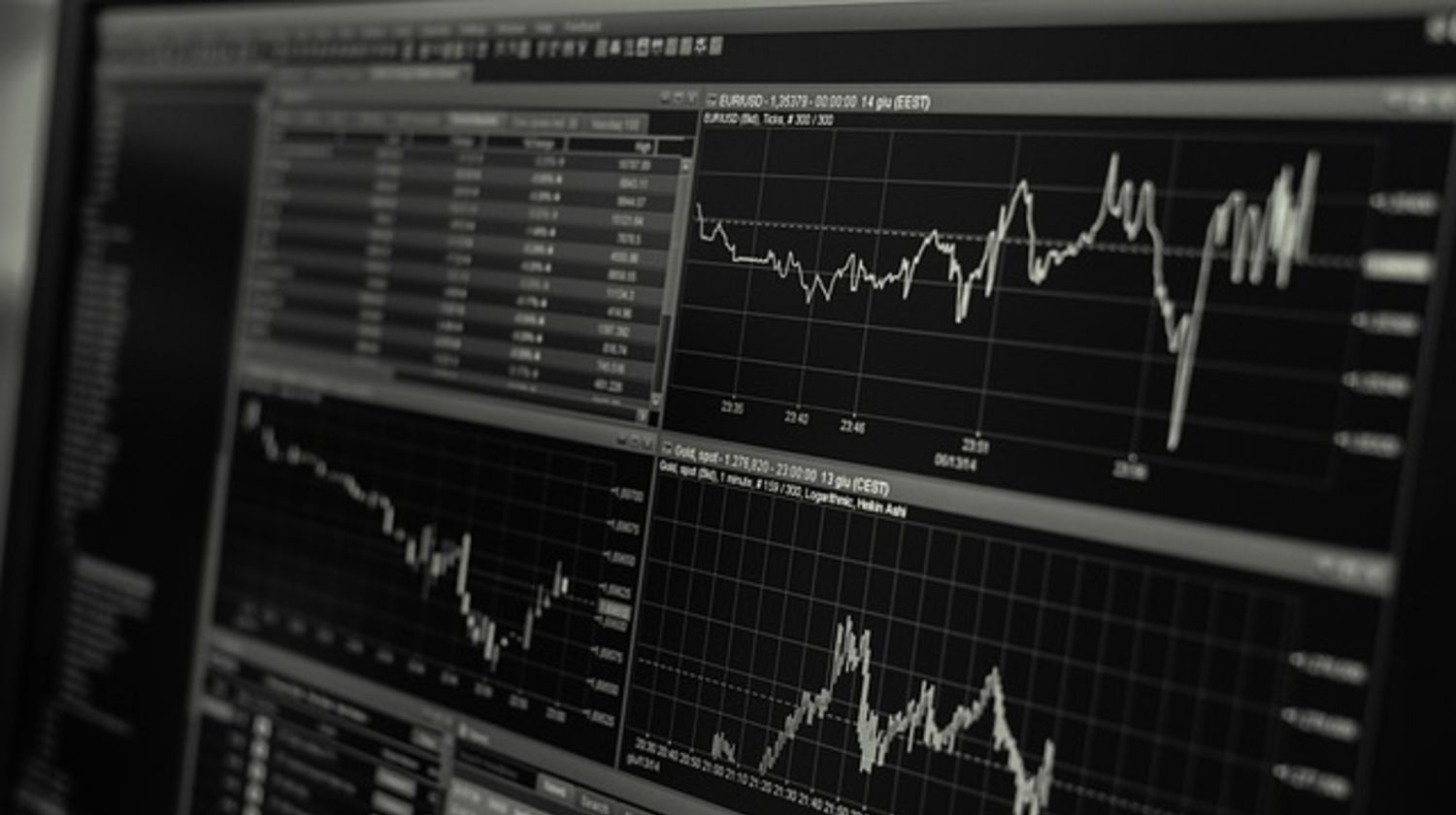Trending News
Oil bulls’ hope for quick price dip dimmed by 2020 crude under $70

By Jonathan Leff
HOUSTON (Reuters) – As oil prices entered a second steep slide a few weeks ago, bullish traders and analysts had hoped for a repeat of the sharp but short dip that occurred early in the year – a speculative slide below $50 a barrel followed by a quick recovery.
Some are now reconsidering that view, as long-term oil prices take the lead in the market's latest dive, swaying sentiment toward a lengthier slump that would mean prolonged pain for big producers, from Exxon Mobil Corp (NYSE:) to Saudi Arabia.
While immediate delivery benchmark global futures at $50 a barrel are still about $4 higher than they were at their lowest point in January, prices for delivery in December 2020 are nearly $8 lower than the start of this year, trading at a contract low of less than $67 on Tuesday. A year ago the contract hovered at around $100 a barrel.
The reason for the deterioration of the forward curve and decline in “long-dated” futures is a subject of debate.
But even some who disagree with the fundamental logic of lower long-dated prices are coming round to the scenario that prices will be lower for longer.
“The back of the market has led prices lower as speculators are no longer convinced higher oil prices are required to balance future oil supply and demand,” consultants PIRA Energy Group, which called last year's price slide but has also predicted a sharp rebound, wrote in a note this week.
The firm does not make its specific forecasts public.
“PIRA disagrees with this view, but a ‘show me' mindset regarding tightening balances will keep prices lower than forecast earlier.”
Some believe the recent selloff was fueled by speculators fleeing the market amid collapsing confidence after China's stock market crash, and exacerbated by a lack of liquidity and resumption of hedging by producers including Mexico, which sell futures to guard against lower prices.
“The decline in calendar year 2016 prices has been
overstated, in our view,” analysts at Barclays (LONDON:) wrote this week. “Fundamental tightening, demand and stock revisions, and current
positioning are likely to raise prices in the months ahead.”
Others say it stems from more deeply rooted fundamental factors, such as falling production costs in the U.S. shale patch and expectations of rising exports from Iran next year following a landmark nuclear agreement – and if so, far forward prices may be flashing warning lights for the future.
A NEW EQUILIBRIUM?
The retreat in long-term oil prices commenced in the latter part of last year, when Saudi Arabia made clear it would no longer cut production in order to tighten up sloppy markets.
Absent the kingdom's implicit promise to defend prices, the value of Brent crude oil for five years in the future slid from nearly $90 a barrel in late November to around $72 almost two months later.
Over the past month, however, it has dived anew, reaching nearly $66 a barrel on Tuesday, its lowest since 2009.
Last week, analysts at ABN AMRO cut its 2016 oil price forecasts by $10 a barrel on a mix of factors including falling production costs, disappointing demand, a stronger U.S. dollar and deteriorating market sentiment.
“What we see is that the U-shape recovery which we still expect for oil prices will take longer to materialize,” Senior Energy Economist Hans van Cleef told the Reuters Global Oil Forum last week.
The question for oil executives, traders and analysts is whether this represents a new equilibrium for the market – a price high enough to encourage just enough new production in the future to meet demand, which continues to grow.
Standard Chartered's Paul Horsnell, one of the most bullish forecasters in Reuters monthly poll with a projection for $93 Brent in 2017, says no – long-dated prices are too low, although the latest slide may signal a deferred recovery.
“Is this a market transitioning from a view of an inevitable bounce in 2016 to adding another year onto the rebound? We just don't know yet,” said Horsnell.
And while some big companies such as BP (LONDON:) Plc and Royal Dutch Shell (LONDON:) Plc are preparing investors for a more extended downturn, some are still signaling cautious optimism.
U.S.-focused Anadarko Petroleum Corp (NYSE:), for instance, is opting not to pursue an “aggressive” approach to completing shale wells that have been drilled but not yet hydraulically fractured.
Completing wells more quickly is “an option we might choose to pursue if we thought the current environment was going to be protracted and we were somehow in a new normal, $50-esque oil environment,” Chief Financial Officer Bob Gwin told analysts last week.
“We don't believe that's true over the intermediate to longer term.”




